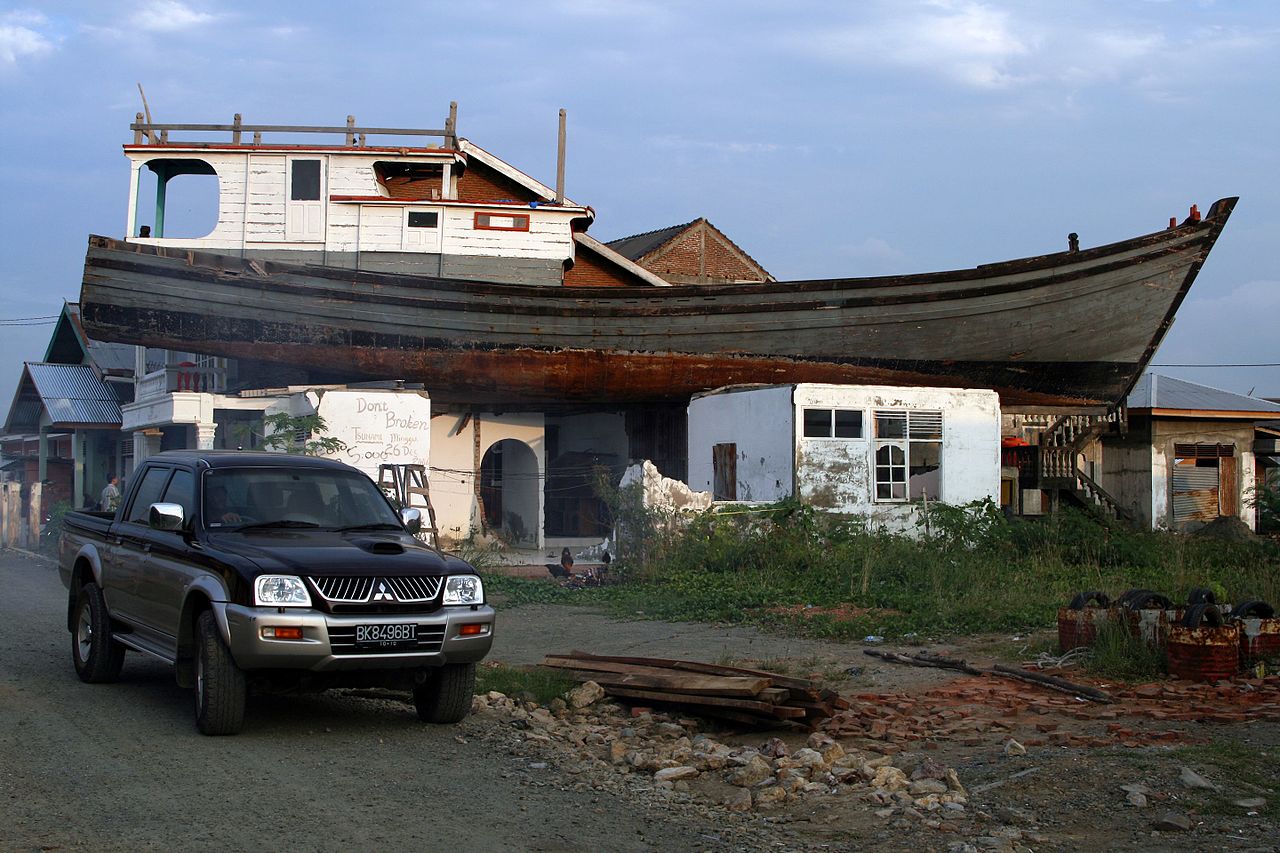For many people, Bali conjures up images of long, pristine beaches, palm trees, and some of the best surf west of Waikiki. That’s South Bali, the destination for most tourists. After decades of real-estate and commercial development, it isn’t exactly a tropical paradise any more, but it’s still a lovely place, where ancient Hindu temples and rice paddies back onto swanky resorts and spas, and simple warung (local restaurants), hole-in-the-wall laundries, and barber shops, vegetable stalls, and motorbike repair sheds crowd onto the same block as night clubs, high-priced art galleries, and boutiques.
On a visit in 2009, Stephanie and I stayed in a small hotel in Seminyak, down a shady lane away from the traffic, and a two-minute walk from the beach. I’m not much of a beach person, but I have to say that it was breathtakingly beautiful, with all the elements—warm, clean sand and clear water, coconut palms waving in the breeze, and bronzed Australian surfers who looked as if they’ve stepped out of magazine covers. Most people expected us to be Australian, so I temporarily dropped my carefully learned Indonesian greetings (there are five, depending on the time of day) and adopted “Gid’dy” (sometimes adding “mite” if it was a man).
In some ways, Bali is the Australian equivalent of what Cancun represents for American tourists or Majorca for the British—in a recognizably different country, but with familiar sights and sounds. We had dinner one night at the Bush Telegraph, one of the four or five Aussie pubs near the hotel. The menu featured Australian steaks, meat pies, and fish and chips. None of the faux décor of an Outback restaurant with its “Blokes” and “Sheilas” signs on the restrooms. Just Australian Rules football on TV and Foster’s on draft. A place where an Australian can feel at home.
Despite the rampant tourism development in the south, much of Bali has been little touched by the beach crowd. After leaving the sprawl of the capital Denpasar, the road north through the mountains offers vistas of rice paddies and small villages.
We stayed two nights in Ubud, a string of fourteen villages famed as a center of Balinese arts, dance, and culture. Then north again along twisting mountain roads, passing dormant volcanoes with dense jungle slopes, Hindu temples and communal meeting houses, and coffee plantations.
We stopped at warungs for simple, tasty meals. Grilled river fish, sate (chicken, pork, and fish), fried rice and noodles, chicken and fish curries, and roast suckling pig. Fresh fruit juices—lemon, lime, mango, papaya, watermelon, pineapple. And wonderful snacks, especially the banana fritters.
Along the roads, the most common (but temporary) landscape features were the flags and posters of political parties. Regional elections were coming up, and all the parties were showing their colors. Because of low literacy rates, all candidates were identified by number, not name. Each poster featured a picture of the candidate, looking businesslike or religious or youthful or just well-dressed, with the party’s symbol and color, a patriotic backdrop, and a sample ballot with the number checked. Stephanie conducted an informal windshield survey and came up with her own political punditry: “No. 12 looks shifty, No. 4 looks too young to vote, No. 9 looks good in blue, No. 23 needs a haircut.” Basically, she decided that all the men looked pompous or incompetent and that most of the women should be elected. We agreed that in a society with paternalistic traditions, it was a sign of progress that many women were running for office.




























